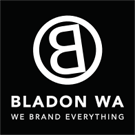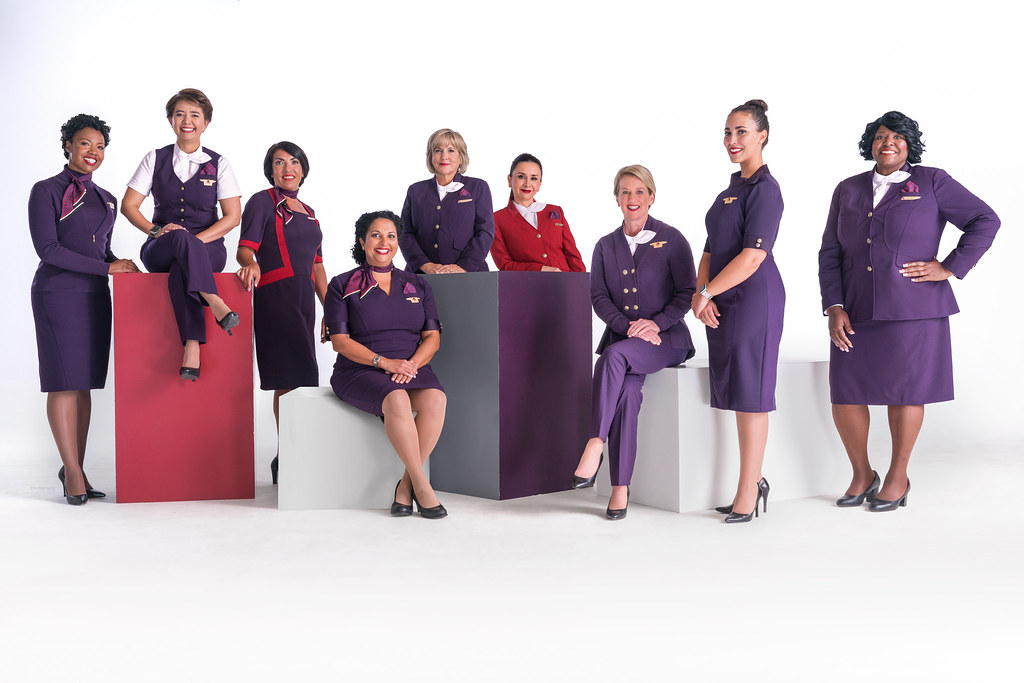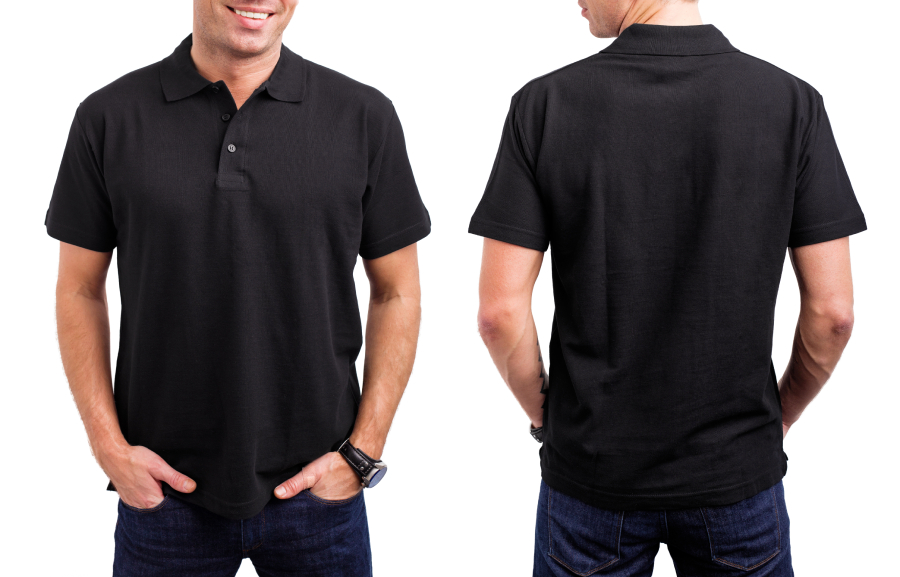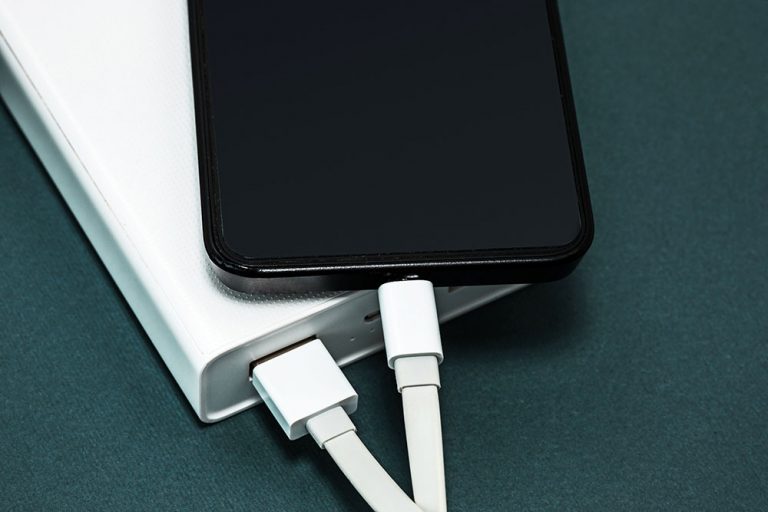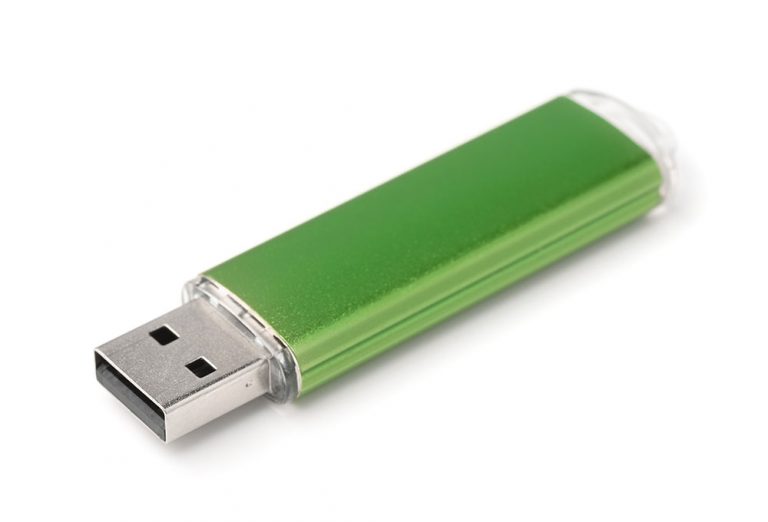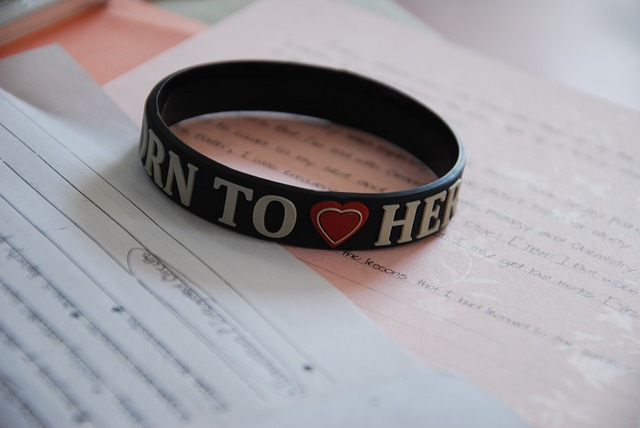
There was a time when company uniforms looked completely boring. The fits were shapeless, the colours were monotonous, and the fabrics were made of poor quality. Not exactly something an employee would want to wear on a day’s work. But fast forward to today, and you’ll see most companies modernizing their workwear with a more fashion-centric approach. The curves, the lines, and the angles are all there. Uniforms have changed so much for the better and we like how people are being creative with offering different flavours of their uniforms.
Let’s face it, not everyone loves to wear the same uniforms at work. We have different positions at work and we fulfil different responsibilities. It only makes sense that the uniforms fit the needs of each team member so they can wear it with confidence on a daily basis. If you’re looking to step up your company’s wardrobe capsule, here are a couple of tips that you should consider.
Offer more than one option
Rather than using just one standard shirt, consider building a custom shirt program that provides more than one shirt option. This can be achieved by adding a unique contrast inside the shirt’s cuffs and collar. For example, you can use four colours in your shirt range — namely white, lilac, black, and blue and add contrasting colours for each range. Now your team has multiple colour options to choose from and at the same time, gives off a sense of unity without them looking too identical.
Another way to achieve this is by offering sleeve options like long sleeves, short sleeves, and three-quarter sleeves. This adds a bit of variety to your uniform capsule wardrobe while keeping things fresh and interesting for your employees.
Think about other alternatives
Not everyone welcomes the idea of wearing a tight-fitting skirt or collared shirt at work. Not only will it make your employees feel uncomfortable, but it can also impact their productivity as well. To solve this problem, think about other clothing alternatives such as dress pants instead of a skirt and a detachable collar instead of a stitched one.
These alternative options should blend in perfectly with your chosen shirt range so that it complements your uniform capsule wardrobe.
Introduce a well-designed polo
Corporate uniforms have become more easygoing as of late. After all, wearing a suit and tie every day isn’t quite practical (and feasible). While it does have its place in the corporate capsule wardrobe, that’s not to say there isn’t room for a slightly relaxed dress code. This is where a well-designed polo comes in. It retains much of the corporate qualities of an office uniform but adds a casual to keep things relaxed. A custom polo made from mercerised cotton is a fine example of a perfect casual uniform. Add it to your capsule wardrobe by using contrast colours on the placket to highlight your brand’s colours.
Don’t schedule particular pieces
When creating the perfect capsule wardrobe for your team, it’s crucial that you provide wardrobe options where there are no scheduled pieces for a given day. Just because it’s Monday, that doesn’t mean all of your employees should be suited up. Allow for a bit of flexibility to keep things fresh inside the office.
Of course, this will depend on what their responsibilities are for the day. If they have a meeting to attend, a professional dress code should be emphasized. But if they’re just going to be at their desk all day, you can allow them to choose which uniform they feel wearing.
Consider adding cotton chinos
Aside from pyjamas, cotton chinos are arguably the most comfortable thing to wear. If you’ve worn one, you know exactly how comfortable it is, especially the ones with high-end fabrics. Chinos can look smart in a corporate environment when paired with a slick polo or collar shirt. Consider adding cotton chinos to further refine your existing uniform capsule wardrobe.
Style your pieces with accent colours and trims
One way to add uniqueness to your uniforms is to style them with accent colours and trims. You can definitely spice up a boring uniform and turn it into a voguish piece with just a small touch. For example, you can add striped accents to the cuffs of a white oxford or place a fabric trim around the neckline of a dress. The options are endless and the only limit is your creativity. Think outside the box and style your pieces in a way that speaks to your brand and think of ideas that your team will be proud of wearing.
Don’t skimp on quality
This is perhaps the most important part in creating the perfect capsule wardrobe. If you want your team to wear their uniforms 5 days a week, don’t skimp on quality. A good quality uniform can make a world’s difference in terms of how they look, feel, and function. After all, your employees are an extension of your brand and you want them to represent your company with the highest standards possible.
That doesn’t mean you should go out and buy the most expensive fabrics. Just choose good quality materials that are made to last. A high-quality uniform inspires confidence and motivates your team to go after it. The fit, feel, and finish should blend together to create a capsule wardrobe that looks both professional and functional.
